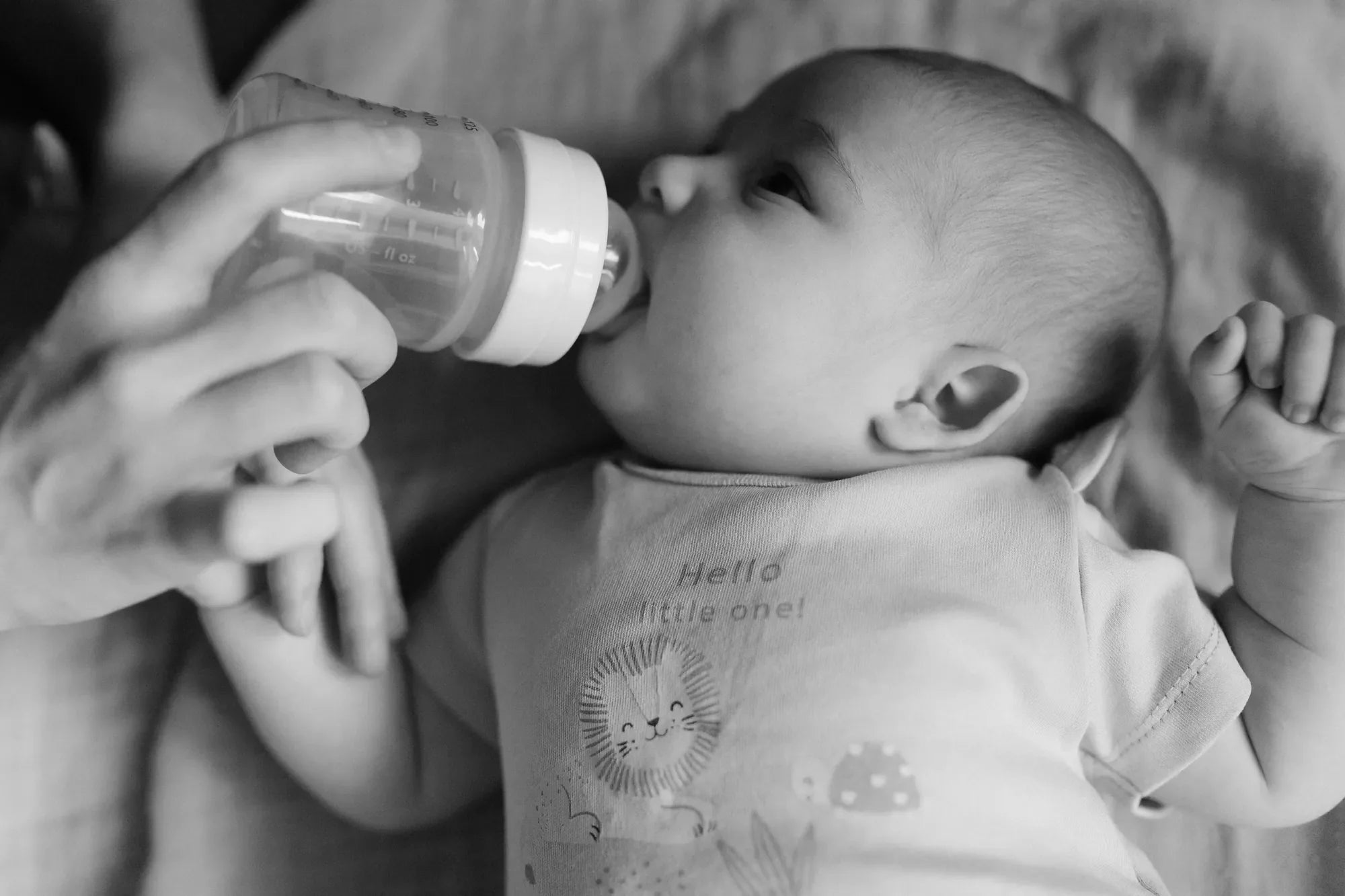Inicio
Pregnancy, Breastfeeding, and Pumping: The Ultimate Guide for Moms
Can Breast Pump Parts Go in Sterilizer? A Comprehensive Guide

Can Breast Pump Parts Go in Sterilizer? A Comprehensive Guide
When it comes to maintaining the hygiene and functionality of breast pump parts, one of the most common questions new parents ask is, Can breast pump parts go in sterilizer? The answer is not only crucial for ensuring the safety of your baby but also for prolonging the life of your equipment. This article delves into the details of sterilizing breast pump parts, offering practical advice and expert tips to help you navigate this essential aspect of infant care.
Understanding the Importance of Sterilizing Breast Pump Parts
Breast pump parts come into direct contact with breast milk, which is a nutrient-rich substance that can easily harbor bacteria if not properly cleaned. Sterilizing these parts is a critical step in preventing contamination and ensuring that your baby consumes milk that is free from harmful microorganisms. While washing with soap and water is a good start, sterilization takes cleanliness to the next level by eliminating germs that might remain after regular cleaning.
Can Breast Pump Parts Go in Sterilizer?
Yes, most breast pump parts can be safely sterilized using a sterilizer. However, it is essential to check the manufacturer's guidelines to ensure compatibility with your specific model. Most sterilizers are designed to handle heat-resistant materials like silicone, plastic, and glass, which are commonly used in breast pump components. Always disassemble the parts before sterilizing to ensure that every surface is thoroughly cleaned.
Types of Sterilizers Suitable for Breast Pump Parts
There are several types of sterilizers available, each with its own set of advantages:
- Electric Steam Sterilizers: These are quick and efficient, using steam to kill bacteria and germs. They typically take around 10-15 minutes to complete the process.
- Microwave Sterilizers: Designed for use in microwaves, these sterilizers are compact and convenient. They use steam generated by microwave heat to sanitize the parts.
- Cold Water Sterilizers: These use a sterilizing solution or tablet dissolved in cold water. They are ideal for parents who prefer a non-heat-based method.
Step-by-Step Guide to Sterilizing Breast Pump Parts
Follow these steps to ensure your breast pump parts are properly sterilized:
- Disassemble all parts of the breast pump.
- Wash the parts thoroughly with warm, soapy water to remove any milk residue.
- Rinse the parts under clean water to remove soap traces.
- Place the parts in the sterilizer, ensuring they are not overcrowded.
- Follow the sterilizer's instructions for the appropriate cycle and duration.
- Allow the parts to air dry on a clean, dry surface before reassembling.
Common Mistakes to Avoid When Sterilizing Breast Pump Parts
While sterilizing breast pump parts is relatively straightforward, there are some common mistakes that can compromise the effectiveness of the process:
- Not Disassembling the Parts: Failing to take apart the components can leave hidden areas uncleaned and unsterilized.
- Overcrowding the Sterilizer: Placing too many parts in the sterilizer at once can prevent steam or sterilizing solution from reaching all surfaces.
- Using Harsh Chemicals: Avoid using bleach or other strong chemicals that can damage the parts or leave harmful residues.
How Often Should You Sterilize Breast Pump Parts?
The frequency of sterilization depends on how often you use your breast pump. For daily use, it is recommended to sterilize the parts at least once a day. If you use the pump less frequently, sterilizing after each use is still a good practice. Additionally, always sterilize new parts before their first use to ensure they are free from manufacturing residues.
Alternative Cleaning Methods for Breast Pump Parts
If you do not have access to a sterilizer, there are alternative methods to keep your breast pump parts clean:
- Boiling: Submerge the disassembled parts in boiling water for 5-10 minutes. Ensure the parts are heat-resistant to avoid damage.
- Dishwasher: Some breast pump parts are dishwasher-safe. Use the hot water cycle and place the parts on the top rack to prevent warping.
- Sterilizing Tablets: These can be dissolved in cold water to create a sterilizing solution. Soak the parts for the recommended time, then rinse thoroughly.
Signs That Your Breast Pump Parts Need Replacement
Even with proper care, breast pump parts can wear out over time. Look out for these signs that indicate it might be time to replace them:
- Cracks or Damage: Any visible damage can compromise the effectiveness and safety of the parts.
- Loss of Suction: If the pump is no longer functioning as efficiently, worn-out parts could be the cause.
- Discoloration or Odor: Persistent stains or smells that do not go away after cleaning may indicate the need for replacement.
Tips for Maintaining Breast Pump Hygiene
Beyond sterilization, here are some additional tips to keep your breast pump parts in top condition:
- Store the parts in a clean, dry place after each use.
- Replace parts as recommended by the manufacturer or when signs of wear appear.
- Wash your hands thoroughly before handling the parts to prevent contamination.
Ensuring that your breast pump parts are properly sterilized is a simple yet vital step in providing safe and healthy nutrition for your baby. By following the guidelines outlined in this article, you can maintain the hygiene and longevity of your equipment with confidence. Remember, a clean breast pump is not just about safety—it’s about peace of mind for you and your little one.
Compartir

